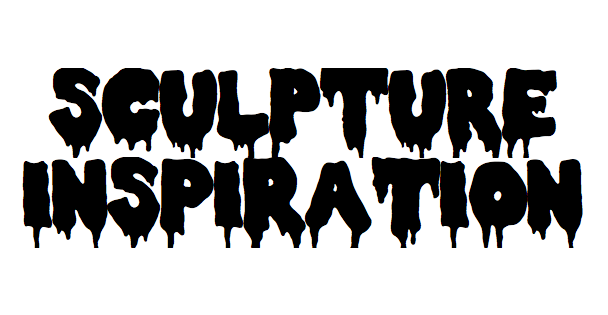Tuesday, April 22, 2014
Tuesday, April 8, 2014
Thursday, April 3, 2014
Duchamp's Fountain
One channels Marcel Duchamp by continually viewing the everyday object as art simply by titling it and placing it in a gallery. Since that fateful day in 1917, use of the urinal in art is now inevitably considered an homage to Duchamp. By titling this artwork Duchamp’s Fountain and putting my own name on it, I’m providing a new definition to the term Duchamp himself made so popular: readymade. We all know the story- Duchamp’s entering and rejection of a sideways urinal into an exhibition caused (and still causes) an uproar in the art community. How can this object be art? The term readymade implies that the artist had nothing to do with the construction process, and that it was already made. Taking it one step further, Duchamp already made this into art, and now it’s being made into art again.
Sherry Levine challenges predetermined rules for authorship
by unapologetically copying famous works and calling it feminism. Her use of
photography creates questions such as: What exactly is the work of art, the
subject of the photograph or the photograph itself? Is the photograph simply
used for documentation of the experience? How can photography be art if one is
photographing something that was already made?
A female’s name attached to a photograph of a urinal,
presumably in a men’s restroom, conjures up ideas of gender identity and
equality. Indicating a place where most of us agree the female doesn’t belong
also speaks to the role of feminism in contemporary art.
Andy Warhol’s borrowing of ideas and skills for his own art
was well established by his Factory Studio. By taking inspiration from Warhol,
an artist can establish connections that allow her to attach her name to a
piece of art that she didn’t complete alone. Not only am I using another
artist’s idea entirely, but I’m not technically creating the artwork at all. By
asking a man (let’s call him my assistant) to photograph a urinal in an empty
restroom and giving no other direction, I as a female unallowed into that space
am letting go of complete control of the piece, yet still signing my name on
it.
The use of a cell-phone camera instead of the readily
available DSLR camera again blurs the line between fine art and vernacular art
but speaks heavily to the current norm of cell-phone photography. The final
photograph emulates what a growing number of us stare at for hours a day. By displaying it only on a blog, I'm utilizing contemporary technology to make my audience potentially infinite.
Finally, combining all three of these artists’ styles into
one artwork is the ultimate question of authorship in contemporary art. Who did I copy most?
Labels:
Andy Warhol,
authorship,
Marcel Duchamp,
Sherry Levine
Subscribe to:
Posts (Atom)

